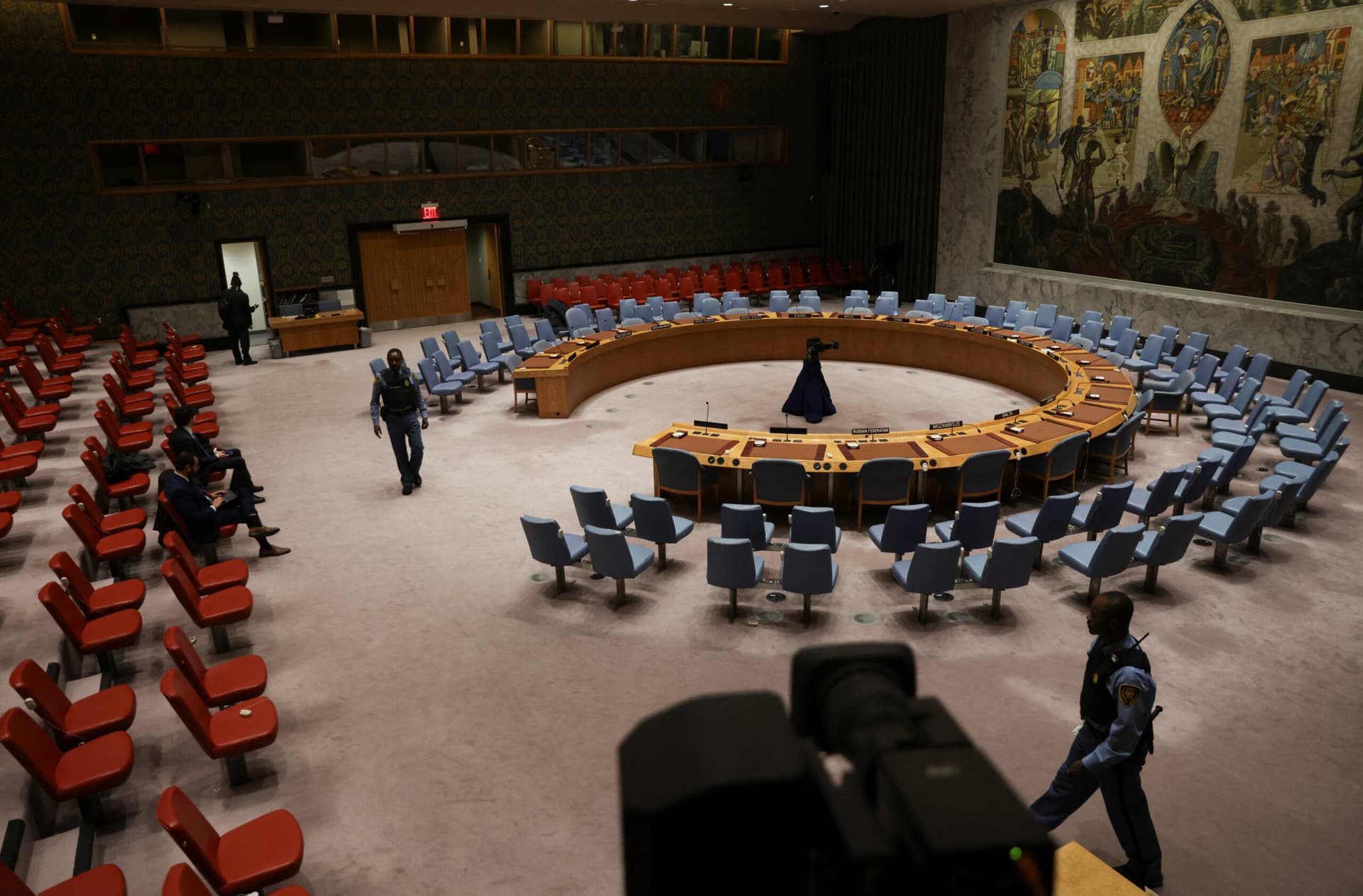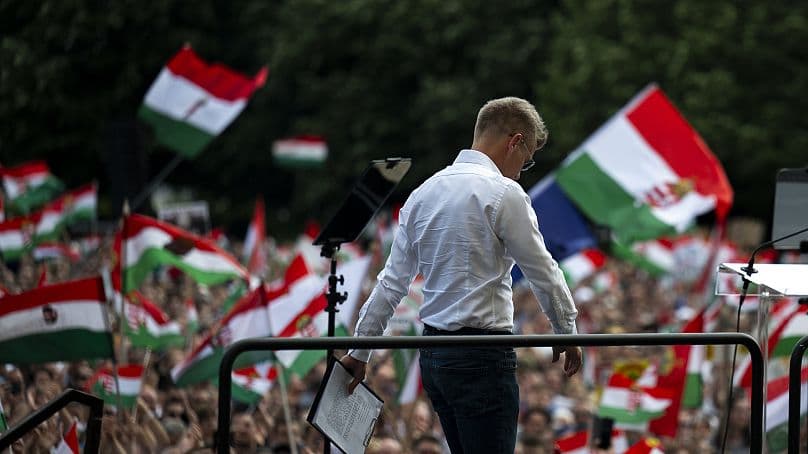U.N. Prepares Vote on Gaza Stabilization Force and Governance
The U.N. Security Council is poised to vote on an American led plan from the Sharm el Sheik summit that would install an interim Board of Peace to govern Gaza and deploy an international stabilization force. The proposal revives major elements of a 20 point U.S. plan while exposing deep divisions over sovereignty, security and humanitarian protections in a territory still partly outside Israeli control.

Diplomats in New York are moving toward a Security Council vote on a contentious American led proposal that would establish interim governance and an international stabilization force in Gaza. The plan, drawn from agreements at the September 29 peace summit in Sharm el Sheik, would create a transitional Board of Peace to administer Gaza until the end of 2027 and authorize an international force that could include states such as Turkey and Qatar among its contributors.
The proposal explicitly incorporates many components of President Trump’s 20 point Comprehensive Plan to End the Gaza Conflict, a document that emphasizes demilitarization and disarmament of Hamas while proposing external oversight of civilian governance and security. Backers argue that a multinational presence could create space for reconstruction, restore basic services and prevent a vacuum that might allow violent groups to regroup.
The text reaches into raw political realities. Forty seven percent of Gaza remains outside the current control of the Israel Defense Forces. Israeli officials have rejected proposals that imply recognition of Palestinian statehood as part of the interim arrangements, signaling that any U.N. backed plan must square with Jerusalem’s insistence on security guarantees and the disarming of Hamas. Israel’s defense leadership has reiterated that demilitarization is non negotiable, and that the military stands ready to reenter or expand operations in Gaza if international forces fail to neutralize armed groups.
That insistence creates a central diplomatic tension. The inclusion of countries that have historically maintained ties with Hamas aims to broaden regional buy in and to leverage interlocutors with influence inside Gaza. At the same time Israel views some of those potential partners with deep suspicion, and their participation could become a political obstacle in capitals weighing the measure. For the United States the initiative represents an effort to shape a post conflict trajectory without ceding on the goal of removing Hamas from its armed role.
Legal and operational questions loom large. Security Council authorization would be necessary to grant international forces the mandate and protections required for robust stabilization tasks. Member states must decide what rules of engagement and legal frameworks will bind foreign troops operating amid dense urban populations and fragile infrastructure. Humanitarian agencies warn that any shift in control must prioritize civilian protection, facilitate unfettered aid deliveries and ensure accountability for violations.
The vote will serve as a test of whether the Security Council can translate summit rhetoric into enforceable international action. Supporters contend that a temporary Board of Peace and a multilateral force could bridge emergency stabilization and longer term governance, while critics argue the plan risks entrenching external control without resolving the underlying political claims that drive the conflict.
As delegates prepare to cast their ballots, the contours of implementation remain uncertain. The proposed timeline through 2027 sets a firm date for transition, but the means to reach that end will depend on often fragile agreements between States whose strategic interests and domestic politics differ sharply. The outcome of the vote will shape not only Gaza’s immediate future but also broader regional alignments and perceptions of the U.N. role in managing complex intra state conflicts.


